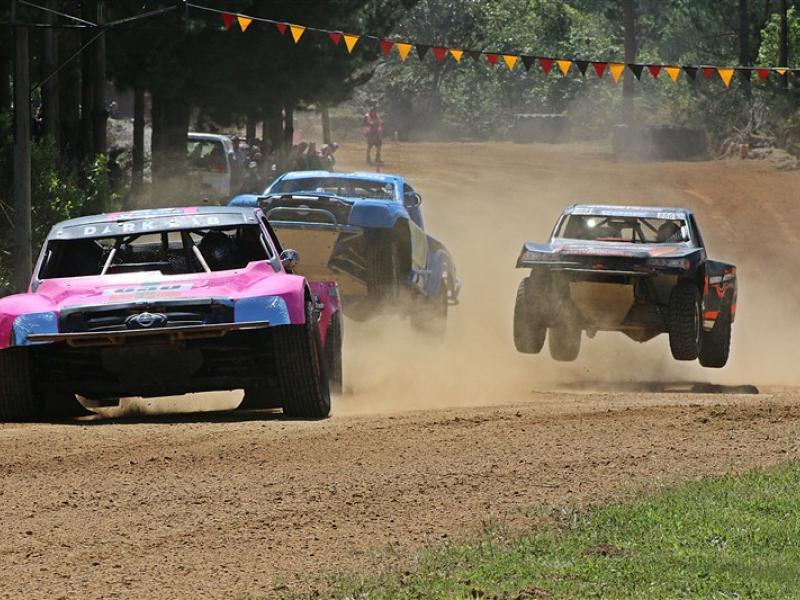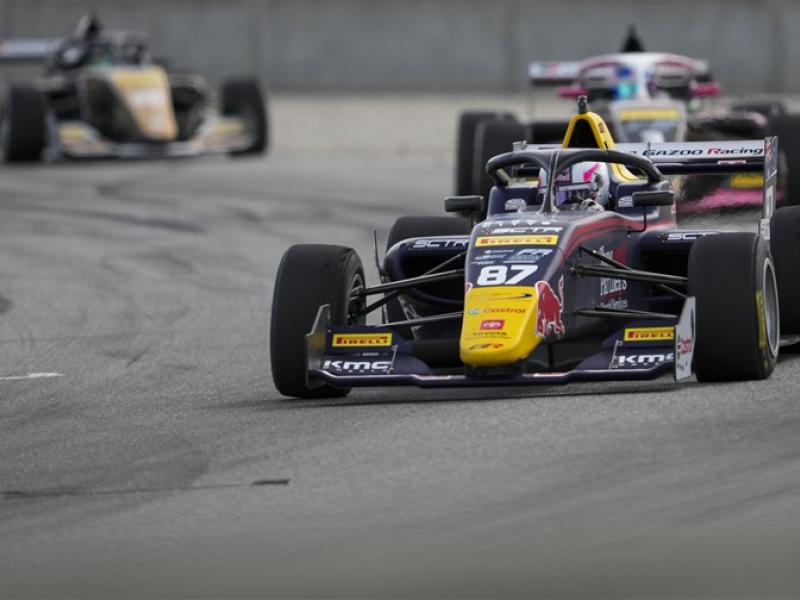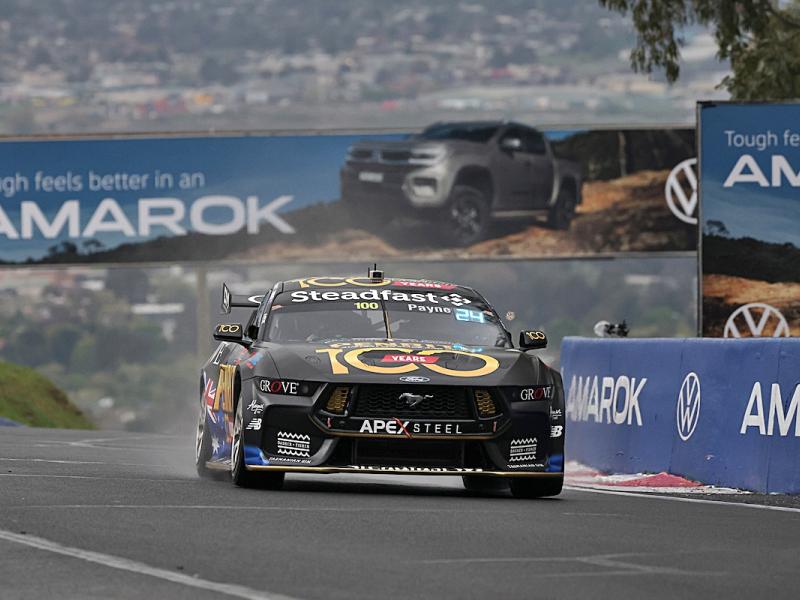| We have previously talked about how electric supercharging is helping create cleaner diesel engines in trucks (June issue P25), but the biggest news is that this technology could be at the vanguard of a whole new generation of cleaner petrol and diesel engines for cars and commercial vehicles. One of the most cost effective steps that can be taken by vehicle manufacturers to reduce fuel consumption and CO2 emissions is to fit an electric supercharger in combination with smaller petrol or diesel engines and taller gearing says UK company Controlled Power Technologies. Following years of product development and the application of the latest power electronics, the company’s innovative electric supercharger known as VTES or Variable Torque Enhancement System has been incorporated in a major project by engine developer AVL and will also feature in the UK’s £3m “HyBoost” programme announced by the Technology Strategy Board. Both projects are seeking to maximise powertrain efficiency at the lowest possible cost. The fully developed and production-ready device could prove timely in helping carmakers meet EC directives to cut average CO2 emissions from new cars to 130 g/km by 2012 and to 95 g/km by 2020. This means that by 2020 new cars will have to emit on average 40 percent less CO2 than they do today.An electric supercharger could prove a key component for meeting these requirements and could also benefit internal combustion engine concepts currently in development which often demand forced air induction. Unlike a crankshaft driven supercharger or exhaust driven turbocharger, which similarly boost the performance of a downsized engine, an electric supercharger operates independently of engine speed. This crucial difference means the technology is perfectly suited to maintaining vehicle transient performance and driveability - now widely recognised as a critical marketing issue for any car maker contemplating radical downsizing of an IC engine to maximise fuel efficiency. “Motorists must feel confident that they can safely keep up with the flow of traffic and will have certain minimum expectations when it comes to vehicle performance,” says CPT engineering director Guy Morris. “This includes the need for an immediate torque response when stepping on the accelerator pedal.” Unfortunately, downsizing the engine and increasing the gearing, while hugely beneficial for fuel economy and carbon emissions, tends to leave a massive torque deficit, particularly at low engine revs. CPT says electric supercharging offers performance and driveability as yet unmatched by other air charging methods. Tests confirm that when applied to a radically downsized and down-speeded engine, the VTES system dramatically increases transient response, delivering significantly more torque and so enhancing a car’s driveability at low engine speeds. For example, when applied to a radically downsized 1.2-litre turbocharged engine, VTES delivers in excess of a 50 percent increase in torque at engine speeds below 3000rpm, more than compensating for insufficient power from the exhaust turbine. Significantly, more than 90 percent of the available torque is delivered in less than a second. Compared with a 1.6-litre naturally aspirated engine, the downsized engine with electric supercharger reduces the 70-100kph top gear acceleration time from 18 to 11 seconds. “Even though engines equipped with a conventional mechanical supercharger or exhaust driven turbocharger have seen significant improvements in their dynamic behaviour at low engine speeds, they are fundamentally dependant on engine speed for their operation,” says CPT senior engineering manager Mark Criddle. |
“Even state-of-the-art systems struggle to satisfy this critical customer requirement for driveability. And while series boosting solutions are gaining popularity because of their extended low speed capability, their dynamic performance is still linked to engine speed and air mass flow rates.
|







